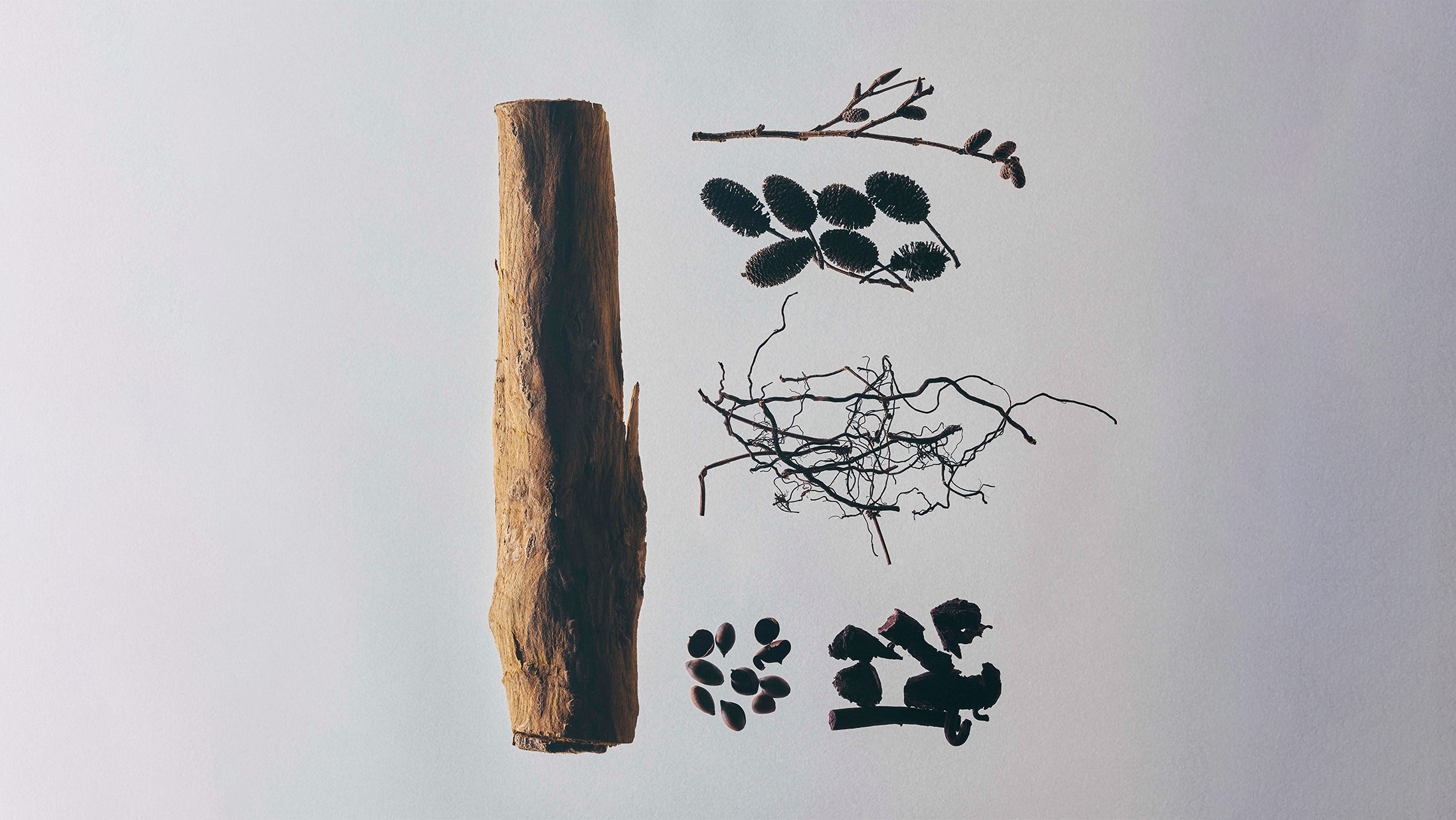
Reviving Ancient Plant Dyeing

Many different species of silkworms have been bred throughout history in Japan. The National Agriculture and Food Research Organization (NARO) is working to preserve the genes of over 1,000 species of silkworms.
Until the Edo period, Japanese people pursued the beauty of kimono and passionately explored everything about it, including the materials it was made of. Looking at the documents from the time, we find our predecessors’ records on where the silk yarn for a beautiful kimono was made and what kind of mulberry the silkworms that spun the yarn had eaten. People had a strong awareness of beauty, and beauty occupied a superior position in their lives.
The Industrial Revolution began in Europe in the mid-18th century. In Japan, machine spinning was introduced at the end of the Edo period, followed by the industrialization of the silk-reeling and textile industries in the Meiji period under the policy promoting industry. At the time, exporting silk was a powerful means of earning foreign currency for Japan, and the entire country was committed to this mission. In order to grow silk into an export industry and earn foreign currency, the breeds of silkworms were limited to some extent, and under the direction of the national government, sericultural farms spread throughout the country.
As a result, the diversity of silkworms that existed in the Edo period was lost. The species of silkworms, whose cocoons produce beautiful yarn but are small and hard to reel silk off of, were considered inefficient for spinning and eliminated. Selective breeding was repeated, and only large and efficient silkworms remained. Beauty was no longer the top priority.

From the Meiji to early Showa period, sericulture supported Japan’s modernization. However, from the 1940s onward, various synthetic fibers became popular, and the country’s sericulture began to decline after reaching its peak around 1960. The production moved to areas with lower labor costs and more efficient production means, such as China and Brazil, resulting in a sharp decline of domestic silkworms. Japan once was the world’s largest exporter of raw silk, but today the volume is less than 1% of its peak.
At the Laboratory of Ancient Dyeing, we hope to revive some of the Edo-period silkworms selected among the 1,000-plus species preserved by NARO for their beautiful yarn. As the first step, we are attempting to revive several species of silkworms, including Cevennes white. The species was grown in many places during the Edo period, when beauty was considered paramount. But because its cocoons were small and raising them was time-consuming, thus inefficient for producing yarn, its breeding was stopped. However, the yarn it spins has rich gloss and exceptional whiteness, creating overwhelming beauty.
As we pursue beauty in silk, which is the foundation of textiles, we give high priority to sericulture.